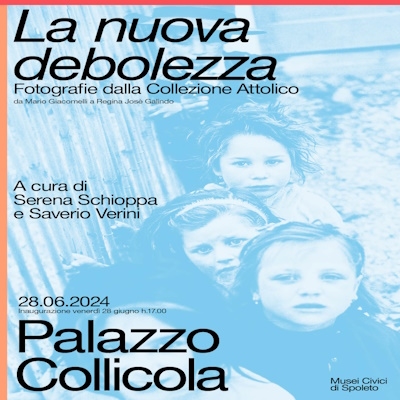Gerardo Dottori (Perugia, 1884 – Perugia 1977) was a prominent figure in Italian Futurist painting, envisioning and creating landscapes and subjects from a new perspective: the vantage point of an aircraft. This innovation led to the birth of Aeropainting, whose programmatic manifesto was published in 1929. Born into a very modest family in the heart of Perugia, Dottori could not attend classes regularly at the Academy of Fine Arts and had to work from a very young age. In 1906, he moved to Milan, where he encountered modern artistic culture, and then to Florence to complete his education. In 1911, in Rome, he met Giacomo Balla, who introduced him to the nascent Futurist movement, to which Dottori adhered for his entire life. In 1912, he created the first Futurist group in Umbria and, in 1920, founded the magazine Griffa! to promote the movement's ideas in Perugia and Umbria. His reputation grew to such an extent that, in 1924, he became the first Futurist to exhibit at the Venice Biennale; he would go on to participate in about ten editions. In 1932, the Manifesto of Futurist Sacred Art listed Dottori among the first artists to engage in this branch of the movement, merging the artistic traditions of Umbria with the innovative stylistic features of Futurism. In 1939, he became director of the Academy of Fine Arts in Perugia, a position he held until 1947. In 1941, during the height of World War II, he wrote the Manifesto of Umbrian Aeropainting. Dottori died in Perugia in 1977 and was buried in the city’s monumental cemetery, among its most illustrious citizens.
Now, imagine wandering through the winding streets of Umbria, where landscapes vibrate with light and color, and art intertwines with the history and culture of a land rich in traditions. Here, among verdant hills, ancient villages, and the azure waters of Lake Trasimeno, you can embark on a unique journey dedicated to the art of Gerardo Dottori. His works, like fragments of a path, dot the region, adorning churches, public institutions, private homes, and businesses, revealing the profound connection the artist forged with his native land.
For modern art enthusiasts, we suggest a three-day itinerary exploring Dottori’s works. The journey naturally begins in Perugia, Dottori’s birthplace. This route winds through the alleys and streets of the historic center of the Umbrian city—a form of urban trekking that will introduce you not only to important artistic landmarks but also to unusual and lesser-known views of Perugia. For the later stops on the itinerary, we recommend using a car or public transportation.









































